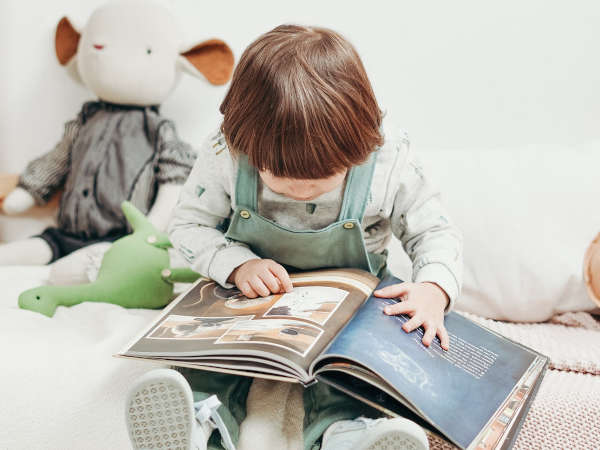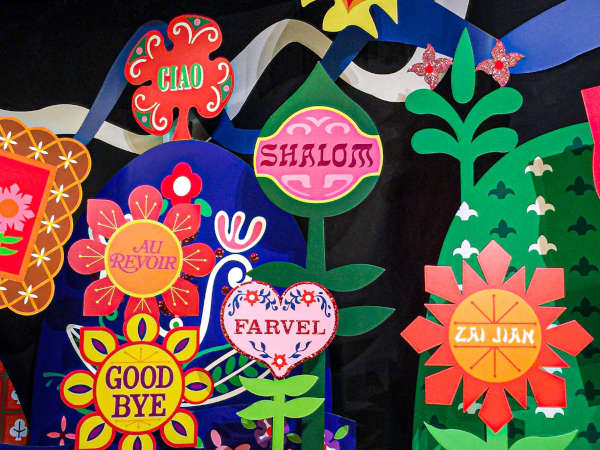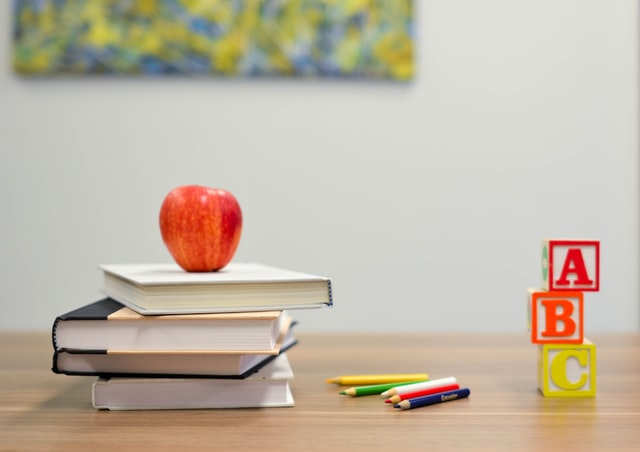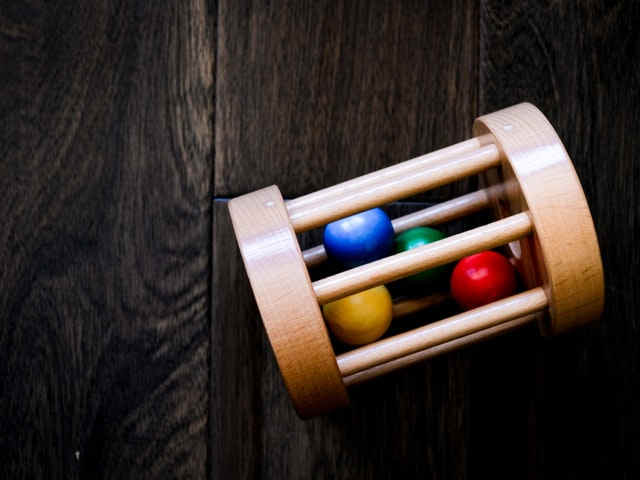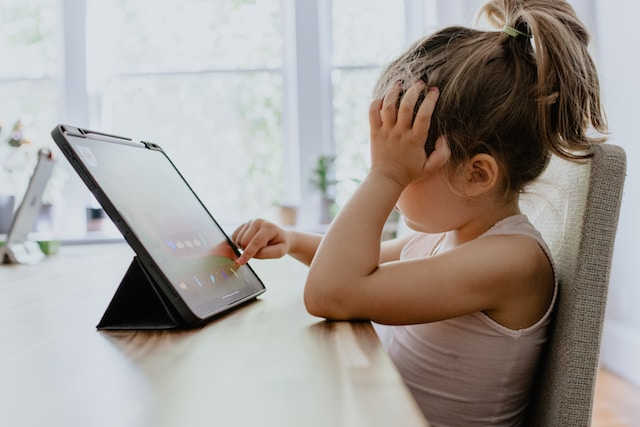Differences Between Montessori and Reggio Emilia
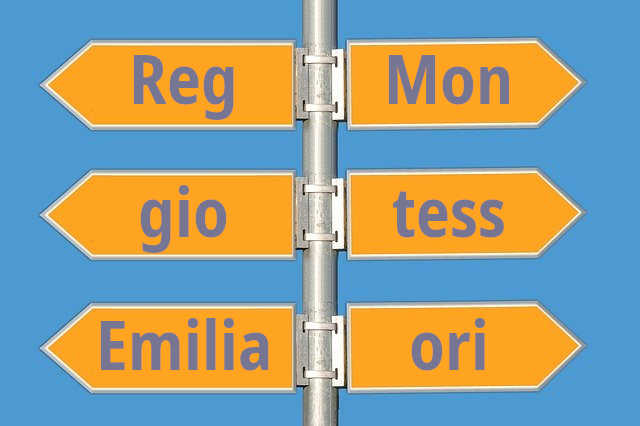
While there are many similarities between the Montessori method and the Reggio Emilia approach, they are two separate philosophies of educating children. Each of them focuses on educating the whole child, but there are key differences in how that is accomplished.
Curriculum in Each Classroom
The Reggio Emilia approach is, typically, used for younger children in preschool and early elementary while the Montessori method begins in preschool and can be followed up until high school. The Montessori method has specific curriculum that the schools must follow, with guidance on when a child should be able to complete specific work. By contrast, the Reggio Emilia approach does not have a specific curriculum that schools follow. Instead, teachers follow the child’s lead and lessons evolve organically as the child’s skills and development progresses.
How the Classrooms are Setup
The classrooms in a Montessori school and a school that is aligned with the Reggio Emilia approach are similar in that they cater to the child; child-sized furniture is used, and the materials, tools, and toys are all within reach of the child so that they can access everything independently. Each style creates beautifully designed classrooms that are full of natural woods and materials. There are specific differences in how the classrooms are structured, however. A classroom that is setup for the Reggio Emilia approach is created intentionally to be conducive to collaboration and exploration. Materials with a variety of textures and colors are used to provide stimulation for the child’s imagination. On the walls of the classroom are art work, and writing that the children have created. Montessori classrooms are comprised of specific materials and spaces. The spaces are setup for individual exploration, but occasionally children also do group work. Order and cleanliness is important in Montessori classrooms. Each Reggio Emilia inspired classroom will be different in how they look, as they will reflect the students that comprise the classroom. Montessori classrooms may have a similar look across each classroom, as they are setup with similar materials and tools that are specific to the curriculum.
In a Montessori classroom, the work the children complete allow them to self-correct. This means that if they complete a puzzle incorrectly, they can try again until they are able to correctly complete the work. In a Reggio Emilia classroom, the child would be able to stack their blocks, play with a puzzle, or draw a picture however they like; there is not an incorrect way of playing with the materials. Reggio focuses on the process and does not focus on the product or result.
The Importance of Creating Art and Using Technology
Another major difference is the importance placed on creating art. In Reggio inspired classrooms, art is a central teaching. Creating art is used to teach a variety of subjects, and is displayed beautifully throughout the classroom. Montessori schools, while they do provide opportunities for art lessons, are often more focused on academic subjects. Likewise, Montessori schools do not incorporate technology as much as Reggio inspired classrooms. In a Reggio Emilia classroom, teachers use technology to observe and document their student’s progress and to communicate with parents.
Furthermore, Reggio Emilia inspired programs are focused on “play” and this is woven into every aspect of teacher planning. Children are provided the freedom to develop their natural curiosity, and the teacher helps to document their progress and guide their development at their pace. Montessori schools provide their students with “work” and is much more focused on the academic achievement and progress of the student. There are specific works that children accomplish based on their age, and Montessori teachers are trained to know these developmental milestones and provide the children with materials that will aid in their development.
In both the Montessori method and the Reggio Emilia approach, children are encouraged to explore their environments and engage in activities that involve their senses and hands-on learning projects. Often each style of classroom provides children with the opportunity to be in a “mixed-age” classroom. However, the classroom is where key differences are seen. Montessori is a specific teaching and the teachers are trained and accredited in the Montessori method. This provides them with the knowledge they will need to guide their students through the various stages of the work that Montessori students complete. Reggio Emilia inspired schools are each different. They utilize the concepts of the approach to create environments that allow each child to explore their interests through play. Though they are similar, there are differences and it is important for parents to consider which once will benefit their child the most.

